3 things you can find in your bed if you don't clean your mattress
Dust mites, skin cells and bed bugs can live in your mattress if you don't keep up with your cleaning schedule
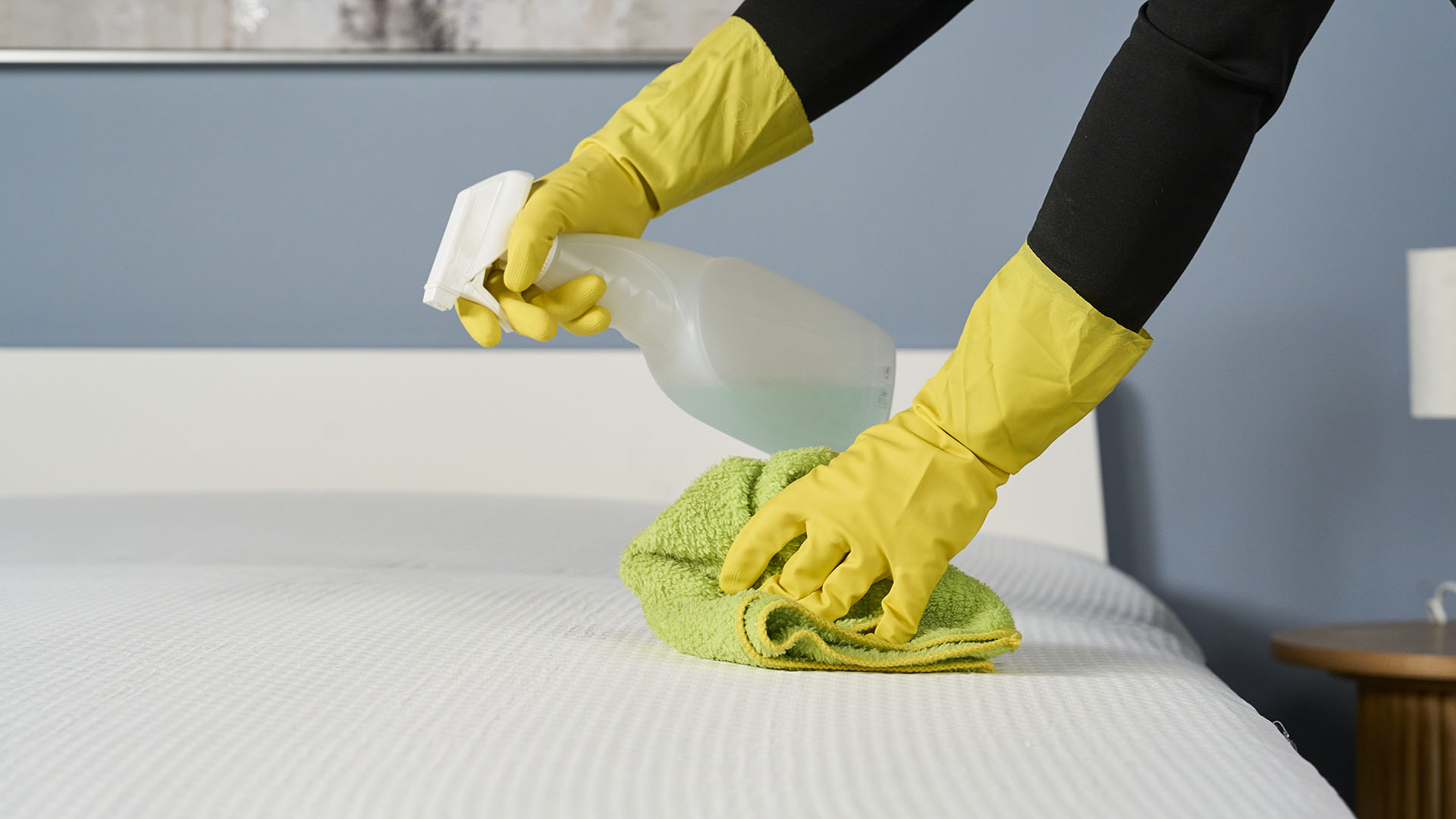
Forget the toilet seat or floors, what if we told you your mattress could be the dirtiest surface in your home? Think about it, we spend around 8 hours a day in bed — that adds up to about a third of our lifetime.
No matter how clean you are as a person, it's natural to create dirt in our sheets — whether that be dead skin cells, body oils or stray hairs.
On top of this, putting off cleaning your mattress can turn it into a breeding grounds for dust mites, allergens and creepy crawlies.
Even the best mattresses you can buy this year don't clean themselves. This means regular mattress cleaning is essential to maintaining strong sleep hygiene and a healthy environment.
3 things you'll find in a dirty mattress
1. Dust mites
You can't see them with a naked eye, but dust mites are tiny pests that thrive in warm environments like your cozy bed.
In mattresses, they feed on dead skin cells and cause skin irritations, respiratory issues and allergic reactions — a recipe for poor, disrupted sleep.
Tell-tale signs of a dust mite infestation include a stuffy noise, a dry cough and itchy skin and eyes.
Of course, these could also be symptoms of flu or other allergies, but if you're consistently getting sneezy or irritated around bedtime, dust mites could be to blame.
2. Bed bugs
Bed bugs are pests that lurk in your mattress and feed off your blood.
You might turn your nose up, but bed bugs are surprisingly common. Pest World reports that one out of five Americans have had a bed bug infestation in their home or knows someone who has encountered bed bugs at home or in a hotel.
But, like dust mites, these bugs are so small they can be hard to detect with the naked eye. Plus they're good at hiding.
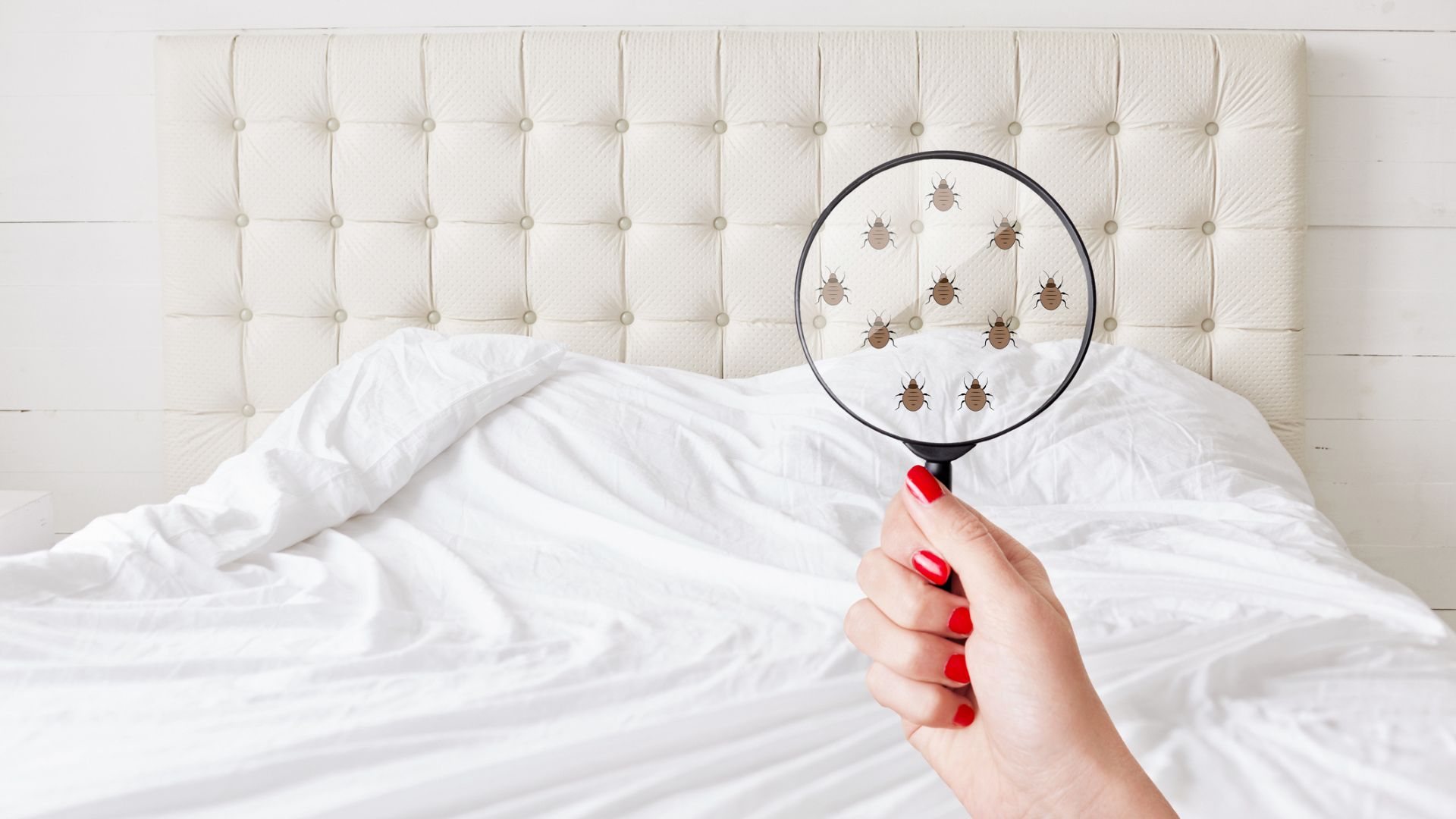
Therefore, the first signs of a bed bug infestation may not be spotting an actual bug crawling along your mattress.
Instead you might notice clusters of dark reddish-brown specs where the bugs have been overnight, or an iron smell (remember they feed off your blood).
Another obvious indication is bites. These appear small, red and sometimes lumpy and often come in clusters or straight lines.
3. Dead skin
Your skin cells are constantly shedding and renewing. On average, skin cells regenerate every 28 to 42 days.
As our bodies tend to repair and grow while we are resting at night (on top of us tossing and turning in our sleep), our mattresses harbour a lot of these dead skin cells.
Dead skin cells don't just sit on your sheets, they can build up in the cracks and crevices of your mattress without regular cleaning causing respiratory irritations as you inhale them overnight.
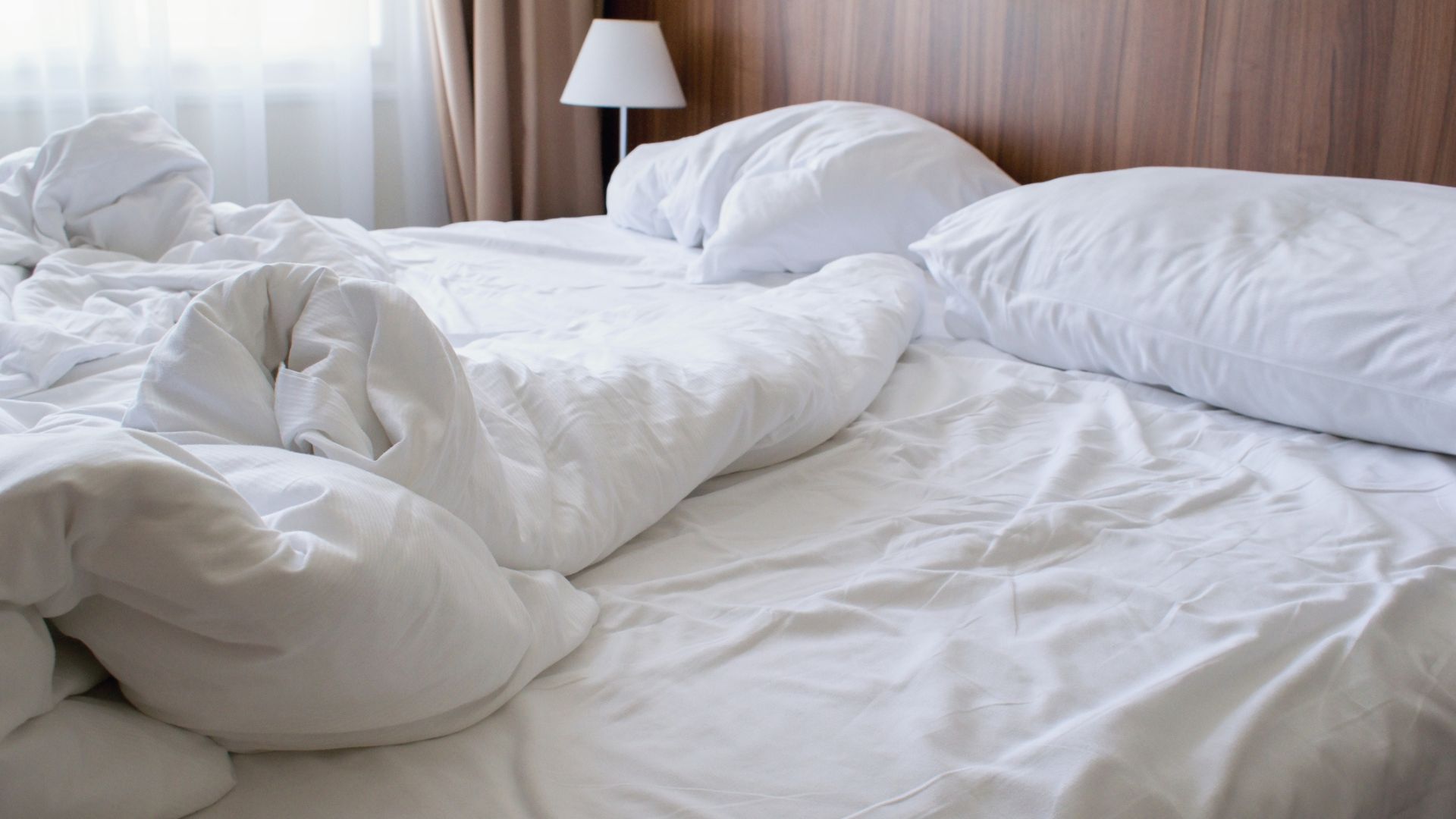
How often should you clean a mattress?
While changing your bedsheets should be a weekly chore, you should ideally deep clean your mattress every six months.
There's certainly no harm in running the vacuum over it or carrying out the occasional spot clean in between these deep cleans too.
However, some circumstances could mean your mattress demands more regular cleaning. For example, if you suffer from allergies or asthma caused by dust, vacuuming your mattress more often could help you sleep more peacefully.
Additionally, if you share your bed with your pet (although experts don't recommend it), it's wise to up your mattress cleaning routine to remove pet dander that can cause irritations.
How to deep clean your mattress
Vacuum the surface
Whether you use your regular vacuum or a specialized handheld mattress vacuum with a high-efficiency particulate air (HEPA) filter, UV lights and heated functions, vacuuming your mattress should be a regular on your to-do list.
Vacuuming your mattress first will lift allergens, pests and mold spores from the fabric on your mattress surface before you get into tackling stains and odors.
For even better results, you can sprinkle baking soda on your mattress before vacuuming it.
Using baking soda is a non-toxic, cost effect method of cleaning your bed. It will absorb moisture and odor-causing particles, effectively freshening and deodorizing it.
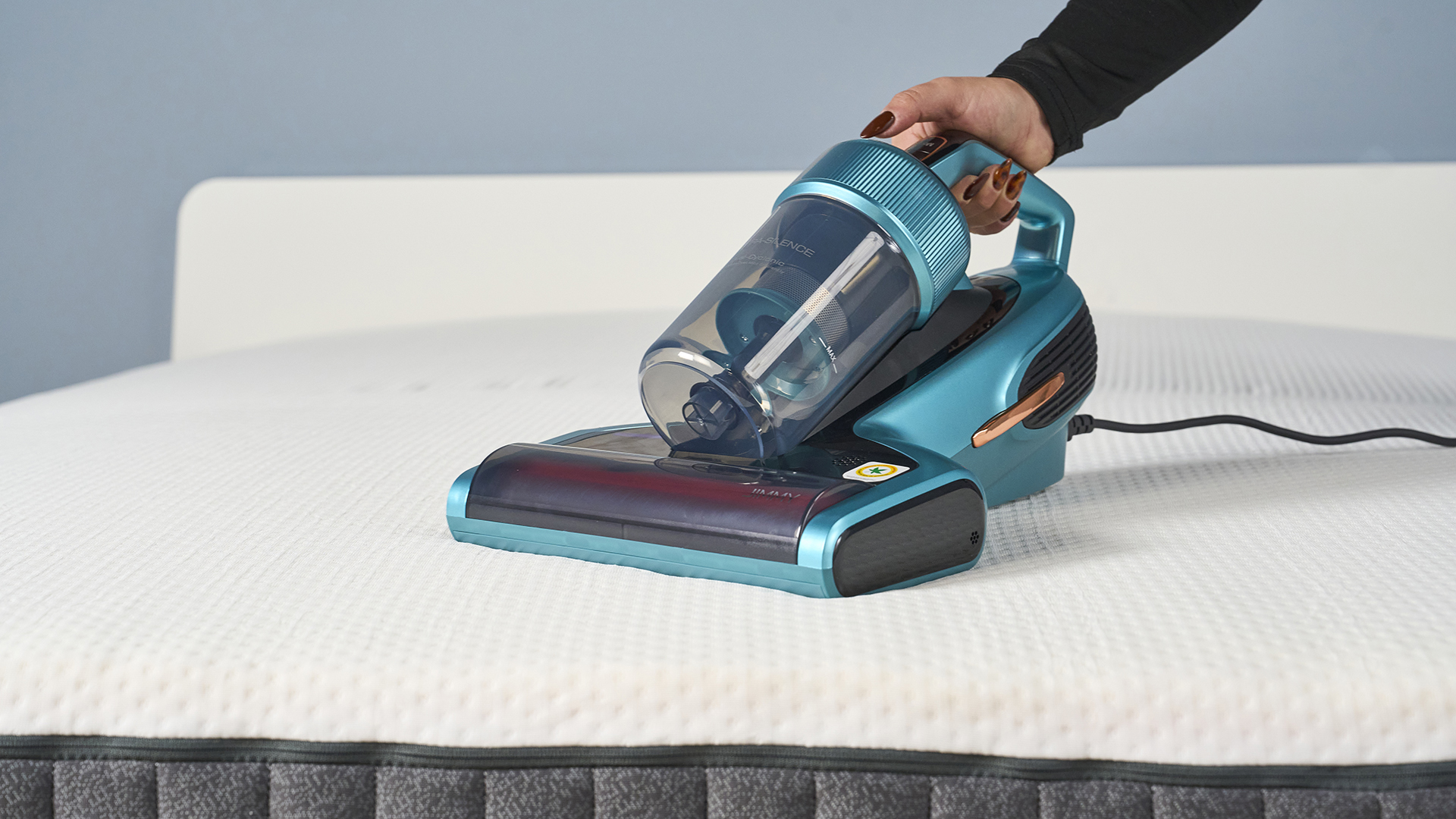
Spot clean stains
Whether from bodily fluids or spillages, there are a number of things that can cause mattress stains as we snooze in bed.
Removing these stubborn stains is essential to keeping your mattress fresh and there are many ways to do it, even with household products you probably already have including white vinegar, baking soda and dish soap.
Make a concoction of equal parts white vinegar and water with a couple of drops of dish soap.
Using a spray bottle, apply this to your mattress, concentrating it on stained areas. Work it in with a cloth and allow to air dry.
Air it out
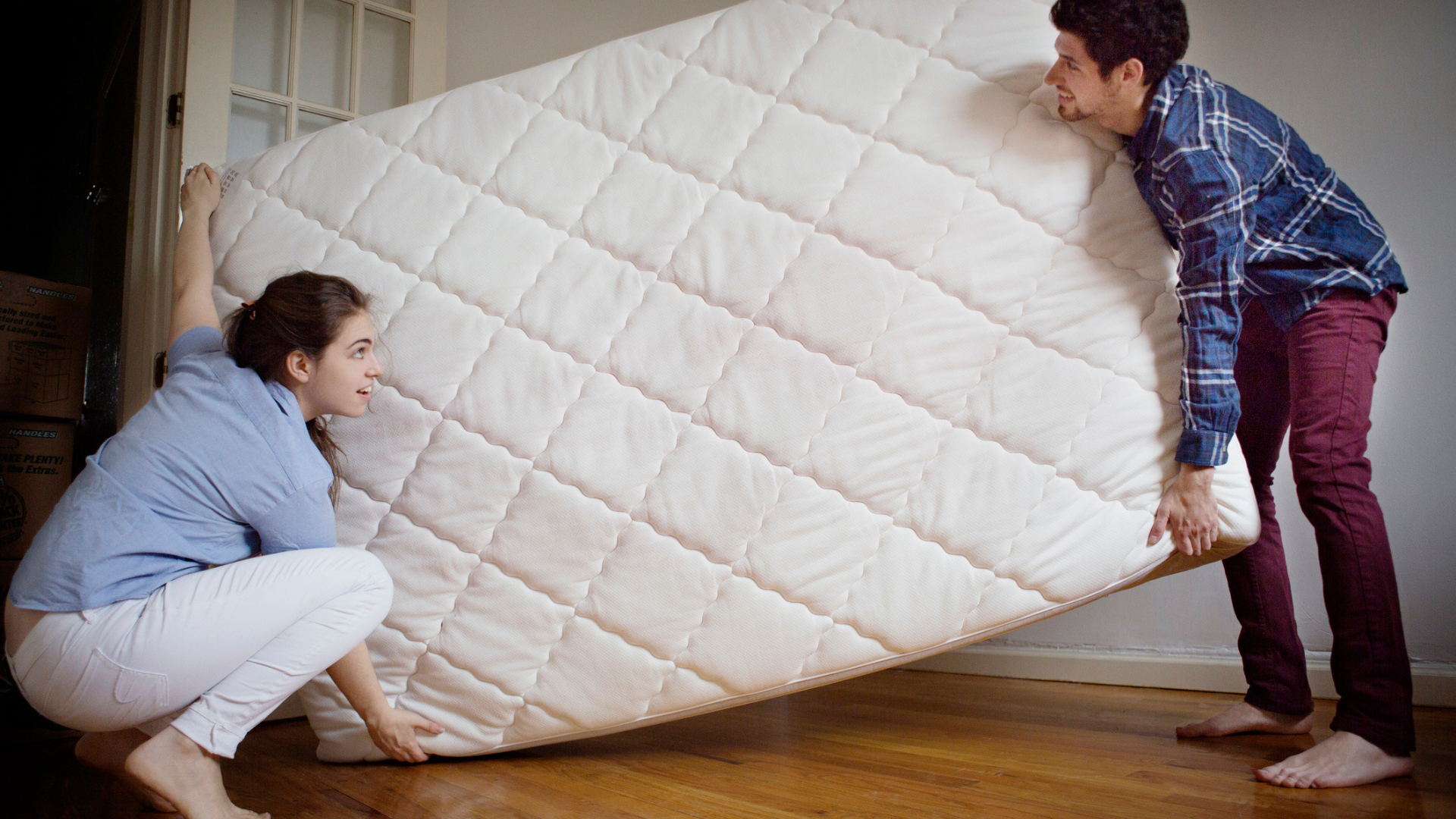
Airing out your mattress helps prevent moisture buildup, eliminates odors, and allows the mattress to breathe, which in turn can extend its lifespan and create a healthier sleeping environment.
Your mattress can become saturated with moisture as we sweat and expend body oils through the night.
So, regularly airing it out by lifting it off your bedframe and letting air into areas that are usually concealed is super important. Ensure you do this in a well-ventilated room.
You should always air out your mattress after applying cleaning products too to ensure it isn't damp when you come to sleeping on it. This also helps to prevent mattress mold. This is especially important if you own one of the best memory foam mattresses, because the dense structure can trap moisture.
Sign up to get the BEST of Tom's Guide direct to your inbox.
Get instant access to breaking news, the hottest reviews, great deals and helpful tips.

Eve is a PPA-accredited journalist with an MA in Magazine Journalism from Cardiff University. She is a Sleep Staff Writer at Tom’s Guide and has four years’ experience writing health features and news. She is particularly interested in the relationship between good sleep and overall health. At Tom’s Guide Eve is responsible for coverage and reviews of sleep tech and is our smart and cooling mattress specialist, focussing on brands such as Eight Sleep and Sleep Number. She also covers general mattress reviews, seeks out the best deals to produce tried-and-tested buyer's guides for sleep accessories and enjoys writing in-depth features about sleep health. She has been involved in rigorous testing procedures for mattress reviews in our Sleep Studio and has interviewed experts including sleep doctors and psychologists. When not covering sleep at Tom's Guide, Eve enjoys writing about health and fitness, food and culture.
You must confirm your public display name before commenting
Please logout and then login again, you will then be prompted to enter your display name.
